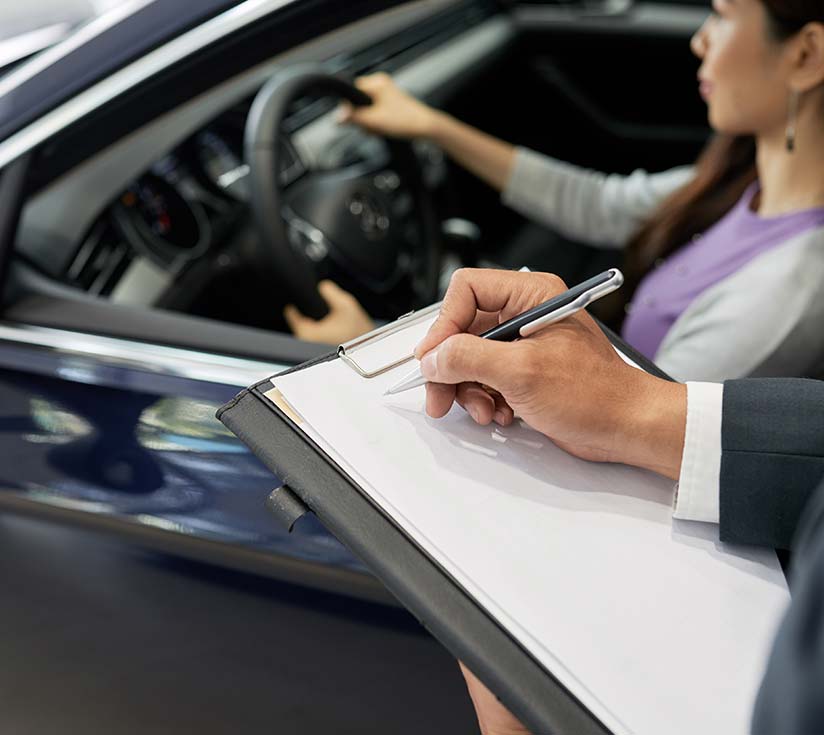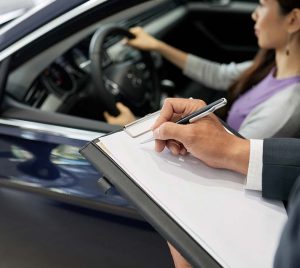Besides choosing a vehicle that you like suits your needs, meets your budget and is up to date with the mechanical revisions, there is a lot more to consider. From an administrative point of view, you need to check that the vehicle doesn’t have any charges or fines against it.
When you are thinking on buying a vehicle, it is always a good idea to get a ‘nota informativa’ first from the DGT or through a gestor to see if there is anything wrong with the vehicle or any debt attached, like an ‘Embargo’.
An Embargo is an annotation of debt on an asset (in this case a vehicle) usually declared by a court or agency, such as a City Council, General Treasury of the Social Security, Tax Agency, Traffic authorities etc. An Embargo could result in an asset being seized as collateral to pay debts associated.
For example, if the previous owner had a Social Security debt, the Treasury Office will try to deduct the outstanding amount from the bank account. In case this is not possible due to insufficient balance in the account, they may proceed directly to apply an embargo to the vehicle.
Although you can avoid this situation by asking for the aforementioned traffic report before buying the vehicle, you may not have and discovered the embargo after making the purchase. Or maybe you are interested in the purchase and want to try to solve the embargo issue
In these cases, we will better explain the limitations of the embargo, which may not be serious as it seems at first glance.
Although you can avoid buying a vehicle, normally drive the car seized as the embargo does not prevent the vehicle’s free movement. Unless the vehicle has been blocked from circulating by the police. A notice is known as a ‘precinto’.
You can also insure the car, and drive it safely, even if you are stopped by the police driving it, there shouldn’t be any problem unless there is an order to seize the vehicle to settle the debt.
If you want to sell a car with an embargo, you can do it, but the new owner has to sign a declaration for the DGT (Spanish traffic authorities)
to confirm that he or she is aware of the seizure.
If you manage the transfer of ownership through a gestor, you will be aware of the charges if you get a “nota informativa” before you close the deal.
Alternatively, you can get the “nota informativa” for yourself at the Traffic Office but the cost of this service through a gestor may not compensate for the waiting time at Traffic.
If you bought the car with the embargo and realized the situation too late to cancel the deal, then you have to find out the source of the embargo and make sure it is cleared or paid, you could of course ‘take on’ the embargo but you would be risking the seizure of the asset in the future to settle the debt. Although the debt isn’t yours it is associated with the asset.
Depending on the circumstances there are always a few different ways to approach the case to sort out the issue of the embargo and enjoy safely your brand-new-second-hand car, which would be too long to explain on this post as it is necessary to study the specific case.
There are cases that can be sorted out just by asking the seller what the embargo is for, which maybe is not a big amount and you can deal with him to pay it and sort it out easily, although this is not the most common case, as you can guess.
There are other cases more complicated, which require additional information from the DGT or the Registro de Bienes Muebles about the embargo. A gestor can help you in that process.








